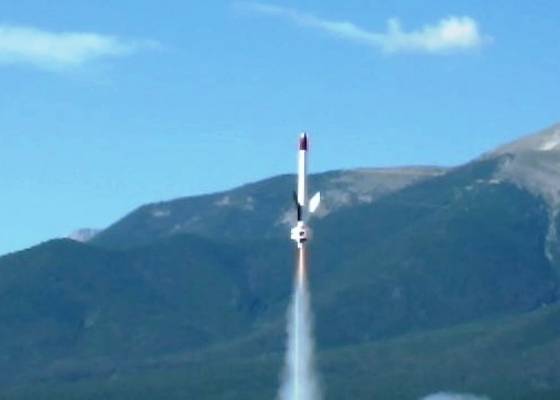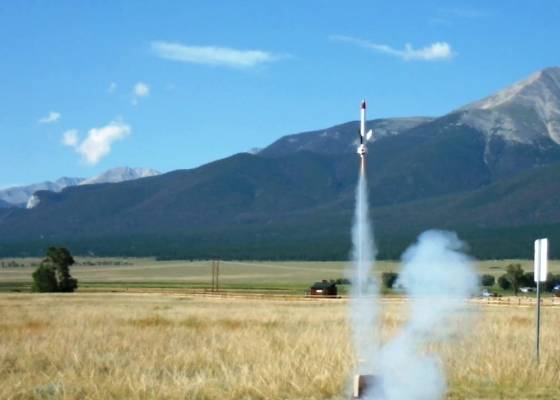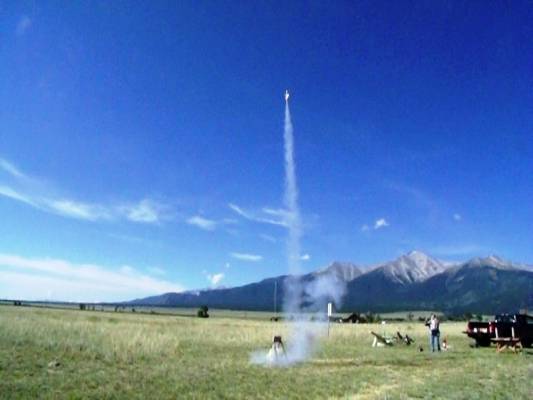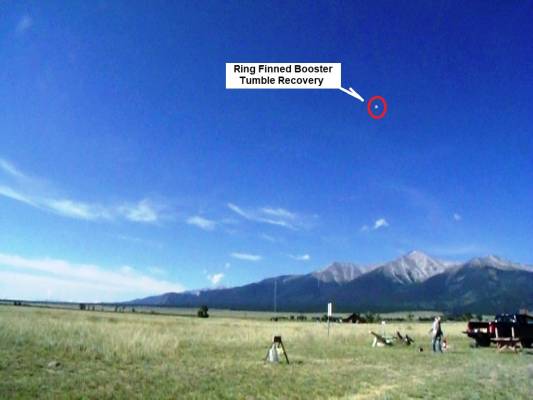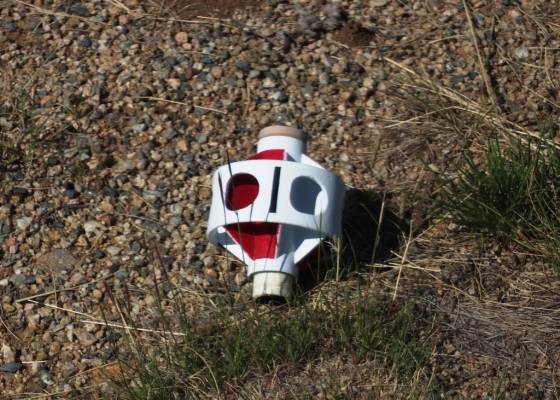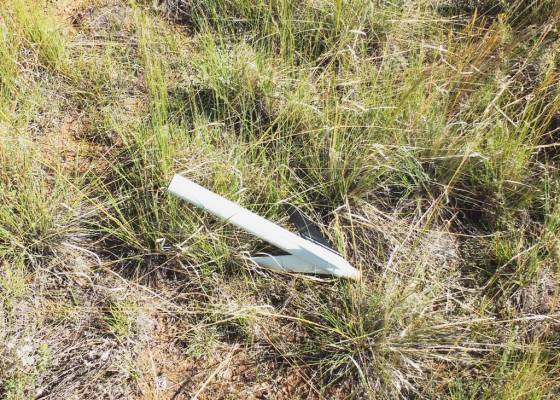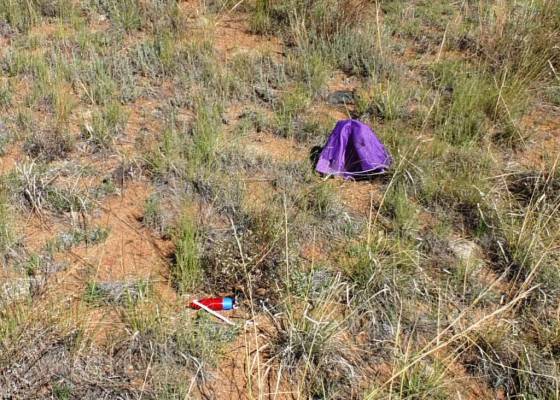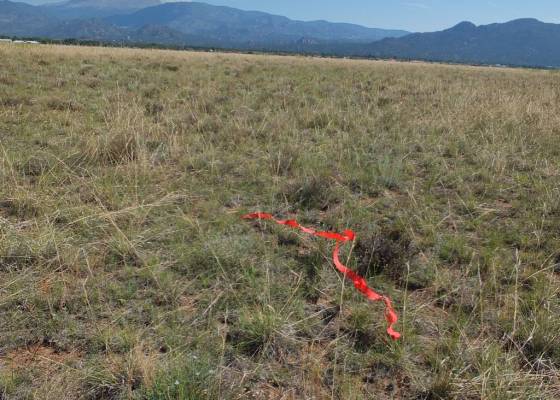This is an upscale to BT-55 of the classic Alpha from the 1970's, but the fins are mounted backwards.... thus the name "Ahpla"... Alpha spelled backwards.
It also utilizes through-the-wall basswood plywood fins and is powered by a 24mm motor.
Additional I designed a ring finned booster for this rocket. The booster has holes in it to induce the "Magnus Effect". The idea is to make the booster spin, and that spin creates lift that will slow the booster down prior to ground hit.
The nose cone is made from pine, custom turned on my wood lathe.
I made the fins from (3) ply's of 1/32" basswood, glued with Gorilla wood glue, and then clamped.
Decals are from Tango Papa. They were kind enough to upscale the standard Alpha decals just for this project.
Stability was calculated by Open Rocket, and verified via swing tests as a single stage, and with the booster.
| Flight Date: | 2022-07-26 |
| Rocket Name: | (BAR-08) "Ahpla" 2 Stage Alpha Variant |
| Flyer's Name: | John Simmons |
| Motors: | D12-0/D12-5 |
| Expected Altitude: | 894 Feet |
| Wind Speed: | 5.00 mph |
| Launch Site: | Local |
| Actual Altitude: | 894 Feet |
Ignition was quick, almost no hesitation lighting the motor.
Very minimal time lapse between ignition and lift off.
The rocket accelerated quickly, plenty of speed at launch rod exit (27.2 mph per sim)
Winds were less than 5 mph and from the north. The rocket did not weathercock.
It flew straight and true being pushed slightly toward the south from the wind.
Staging went according to plan. The booster tumble recovered and landed about 20 feet north west of the launch horse. The fact that it tumbled into the wind shows that the holes in the ring fin did their job and allowed the booster to spin due to Magnus Effect.
The simulation software estimated apogee @ 894 feet, and the launch seemed to reflect that (no altimeter was used).
When the motor ejection occurred the nose cone and chute separated from the fuselage. Arrgh
The fuselage tumble recovered in a horizontal orientation, spinning along it's longitudinal axis. The rocket has 2 white fins and 1 black fin. The sun reflected off the fins and it was like a strobe light, making it easy to follow its decent.
The rocket ground hit significantly south of the launch horse, in waste high grass.
Photo's were taken of the rocket and of the nose cone/parachute assembly at their ground hit locations.
Upon further review the rocket was undamaged. It's unclear as to why the Kevlar chord came off the sustainer motor. The most likely reason is the Kevlar was pulled off when the booster separated from the sustainer motor.
What was learned from this flight?
What an awesome flight. The Magnus Effect booster was a hoot, and watching the fuselage tumble in a horizontal orientation was mesmerizing, as the sun lit up the fins with each revolution.
The tumble recovery may be a better option. It keeps the heavy nose cone away from the fuselage and eliminates any possibility of zippering. Perhaps the Gods of Recovery know best.
| Stage | Motor(s) |
|---|---|
| 1 | Estes D12-0 |
| 2 | Estes D12-5 |
Sponsored Ads
 |
 |
